Benjamin: For god's sake, Mrs. Robinson. Here we are. You got me into your house. You give me a drink. You... put on music. Now you start opening up your personal life to me and tell me your husband won't be home for hours.
Mrs. Robinson: So?
Benjamin: Mrs. Robinson, you're trying to seduce me.
Mrs. Robinson: [laughs] Huh?
Benjamin: Aren't you?

1/24. When Dustin Hoffman showed up for his casting interview, the producer mistook him for a window cleaner, so Hoffman, in character, cleaned a window.
2/24. In Dustin Hoffman and Anne Bancroft's first encounter in the hotel room, Bancroft did not know that Hoffman was going to grab her breast. Hoffman decided to do it offscreen, because it reminded him of schoolboys trying to nonchalantly grab girls' breasts in the hall by pretending to put their jackets on. When Hoffman did it onscreen, director Mike Nichols began laughing loudly offscreen. Hoffman began to laugh as well, so rather than stop the scene, he turned away from the camera and walked to the wall. Hoffman banged his head on the wall, trying to stop laughing, and Nichols thought it was so funny, he left it in.
3/24. Although Mrs. Robinson is supposed to be much older than Benjamin, Anne Bancroft and Dustin Hoffman are just under six years apart in age. He looked naturally boyish, and she was made up to look older. For the same reason, Bancroft was only 8 years older than her "daughter" Katharine Ross, William Daniels (Mr. Braddock) only 10 years older than his "son" Hoffman.
4/24. When Elaine tracks down Ben in his gloomy room and he causes her to scream, a number of other tenants gather behind the landlord in the doorway. One says, "Shall I get the cops? I'll get the cops..." It's Richard Dreyfuss in one of his earliest film roles.
Continue reading on the next page!
5/24. This movie marked the first time a director was paid a flat salary (not including points) of $1,000,000.00.
6/24. Robert Redford screen-tested with Candice Bergen for the part of Benjamin Braddock but was finally rejected by director Mike Nichols because Nichols did not believe Redford could persuasively project the underdog qualities necessary to the role.
When he told this to Redford, the actor asked Nichols what he meant. "Well, let's put it this way," said Nichols, "Have you ever struck out with a girl?" "What do you mean?" asked Redford. "That's precisely my point," said Nichols. Redford told Nichols that he perfectly understood the character of Benjamin who was a social misfit. He went on and on about his ability to play the part. Nichols finally said to him, "Bob, look in the mirror. Can you honestly imagine a guy like you having difficulty seducing a woman?"
7/24. In the famous promotional still for this film, Dustin Hoffman is seen in the background framed by Mrs. Robinson's shapely leg. The leg in that photo didn't belong to Anne Bancroft, however; it belonged to a then-unknown model, Linda Gray, who later played Mrs. Robinson in a London stage musical of The Graduate.
8/24. Within a year of the movie's release, plastic manufacturing companies became enormously successful. Many people attribute this to Walter Brooke's quote about "plastics". Brooke himself once told his nephew that he would have invested in plastics, if he had known that the remark would lead to such success.
Continue reading on the next page!
9/24. When Benjamin is shown banging on the church window with his arms raised and extended, many reviewers felt he was portrayed as a Christ-like image. In actuality, this was a compromise with the minister of the church. The minister had threatened to throw everyone out when the scene was rehearsed with Benjamin pounding his fists on the fragile window, which had been a gift to the church.
10/24. In the novel, Ben interrupted the wedding before Elaine said I do. However, Mike Nichols decided to have Ben arrive after Elaine had gotten married.
11/24. Mike Nichols initially wanted French actress Jeanne Moreau to play Mrs. Robinson. The idea behind this was that in the French culture, the "older" women tended to "train" the younger men in sexual matters. The producers for the movie, Joseph E. Levine and Lawrence Turman, were completely opposed to the idea. Mike Nichols was even more set on having Simon and Garfunkel do the integrated soundtrack for the film. Nichols agreed to switch actresses for Mrs. Robinson as long as he could still use Paul Simon and Art Garfunkel.
12/24. Apparently, Dustin Hoffman's screen test consisted of him fumbling his lines and awkwardly trying to grab Katharine Ross's behind, which angered her. As he left thinking he didn't get the role, his awkwardness was just what director Mike Nichols needed for Benjamin Braddock.
Continue reading on the next page!
13/24. None of the older characters has their first name identified in the film; only the younger characters of Benjamin, Elaine and Carl do, increasing the sense of a generation gap.
14/24. Two interesting camera techniques are used in the film. In the scene where Benjamin is running, he is shown at some distance running straight at the camera, an effect which makes him look as if he getting nowhere as he's running (this technique is accomplished with a very long telephoto lens, which foreshortens distances in relation to the camera). In another scene, Benjamin is walking from the right side of the screen to the left, while everyone else in the scene is moving from left to right. In western culture, things that move left to right seem natural (think of the direction you read words on a page), those that move right to left seem to be going the wrong way. These two visual techniques echo the themes of the film, Benjamin is going the wrong way, and getting nowhere in life.
15/24. Dustin Hoffman was already set to play a role in Mel Brooks The Producers (1967) when the opportunity to audition for "The Graduate" came up. Deferentially, Hoffman asked Brooks' permission to audition for the part in the other film. Through his wife, Anne Bancroft, (already cast) Brooks was familiar with the story of "The Graduate". He allowed Hoffman to audition, blithely confident he'd be found unsuitable for role of Mrs. Robinson's lover.
16/24. The movie's line, "Mrs. Robinson, you're trying to seduce me. Aren't you?" was voted as the #63 movie quote by the American Film Institute (out of 100), as the #5 of Premiere's "100 Greatest Movie Lines" (2007).
Continue reading on the next page!
17/24. According to Dustin Hoffman at NYU's Tisch School of the Arts Graduation 2003, his friend and former roommate Gene Hackman was cast as Mr. Robinson but was fired after a few weeks of work. Mike Nichols decided he was too young for the role. He was actually a year older than Anne Bancroft, who was playing his wife, but for whatever reason it wasn't working. He and Nichols parted ways amicably, and Murray Hamilton took over the part.
18/24. Ava Gardner sought the role of Mrs. Robinson, and reportedly called Mike Nichols saying,"I want to see you! I want to talk about this Graduate thing!" Nichols did not seriously consider her for the role (he wanted a younger woman as Bancroft was 36 and Gardner was 45), but did end up visiting her hotel. He later recounted that, "She sat at a little French desk with a telephone, she went through every movie star clich. She said, 'All right, let's talk about your movie. First of all, I strip for nobody.'"
19/24. Paul Simon wrote two songs for the film that director Mike Nichols rejected: "Punky's Dilemma" and "A Hazy Shade of Winter". Both appear on the Simon and Garfunkel "Bookends" album. The song "Mrs. Robinson" was not written for the movie; it was the working title of a song Simon was then writing (originally called "Mrs. Roosvelt", and about Eleanor Roosevelt) and Nichols decided to include it. Simon and Art Garfunkel only sing the chorus but none of the verses of the later hit song. Additionally, the chorus portion sung contains some lyrics not featured in the more popular "final" version of the song.
20/24. On Inside the Actors Studio (1994), director Mike Nichols claims that the final "sobering" emotion that Benjamin and Elaine go through was due to the fact that he had just been shouting at the two of them to laugh in the scene. The actors were so scared that after laughing they stopped, scared. Nichols liked it so much, he kept it.
Continue reading on the next page!
21/24. At the AFI tribute to Mike Nichols, Dustin Hoffman recounted that when he was first called to discuss auditioning for the role of Benjamin, he told Nichols that he thought he was being made fun of a little, considering how "wrong" he seemed for the character described in the source novel. "'It [the book] says he's five-foot-eleven or something, and he's a track star, and he's head of the debating club, and he's from Boston or something, he's a WASP, and I... it feels like this is a dirty trick, sir.' And in his inimitable way, he says, 'You mean, you're Jewish'. And I said, 'Yes'. 'And that's why you don't think you're right.' I said, 'Yes'. And he said, 'Well maybe he's Jewish inside'. And I then got the part, after a screen test."
22/24. Sally Field tested for the role of Elaine.
23/24. The film takes a different visual approach before and after Ben falls in love with Elaine. According to Mike Nichols, the first part is meant to have a cold, glassy, plastic look, while the romantic scenes were done with long lenses and diffused shots (although he later noted it was time to retire that pictorial style for good).
24/24. Dustin Hoffman later commented he was uneasy about doing the scene in which he pounds on the glass because a church official was watching the filming with obvious disapproval.
Source: IMDB



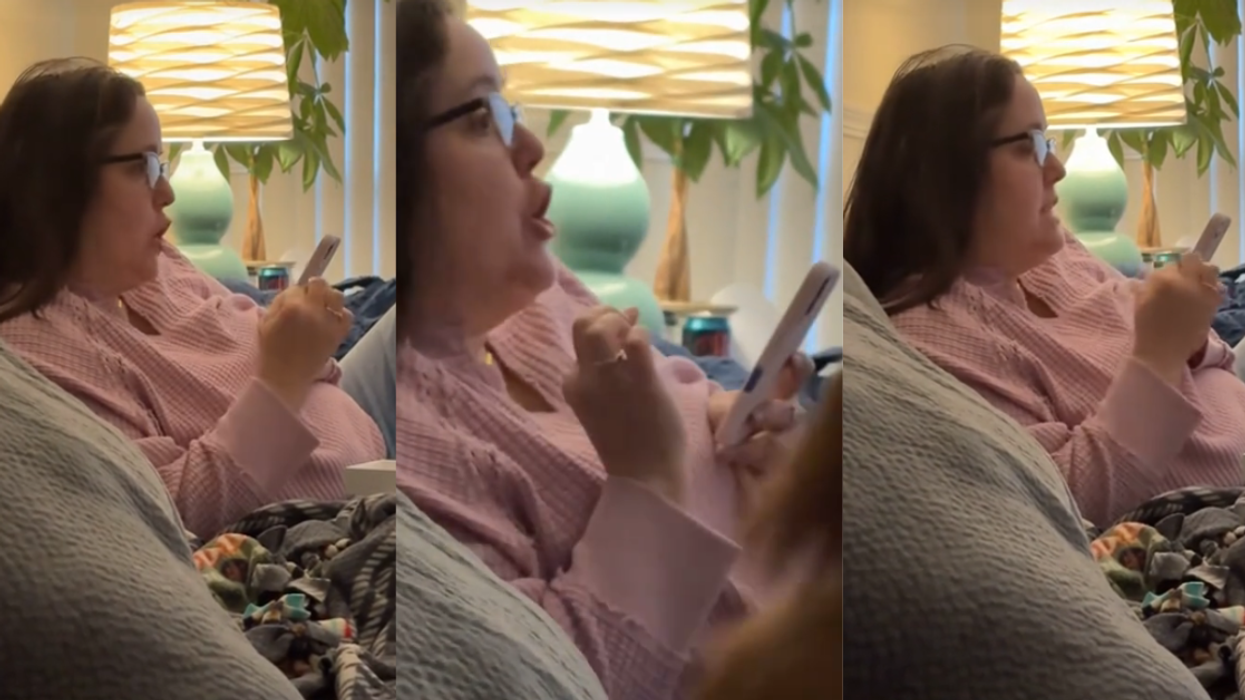
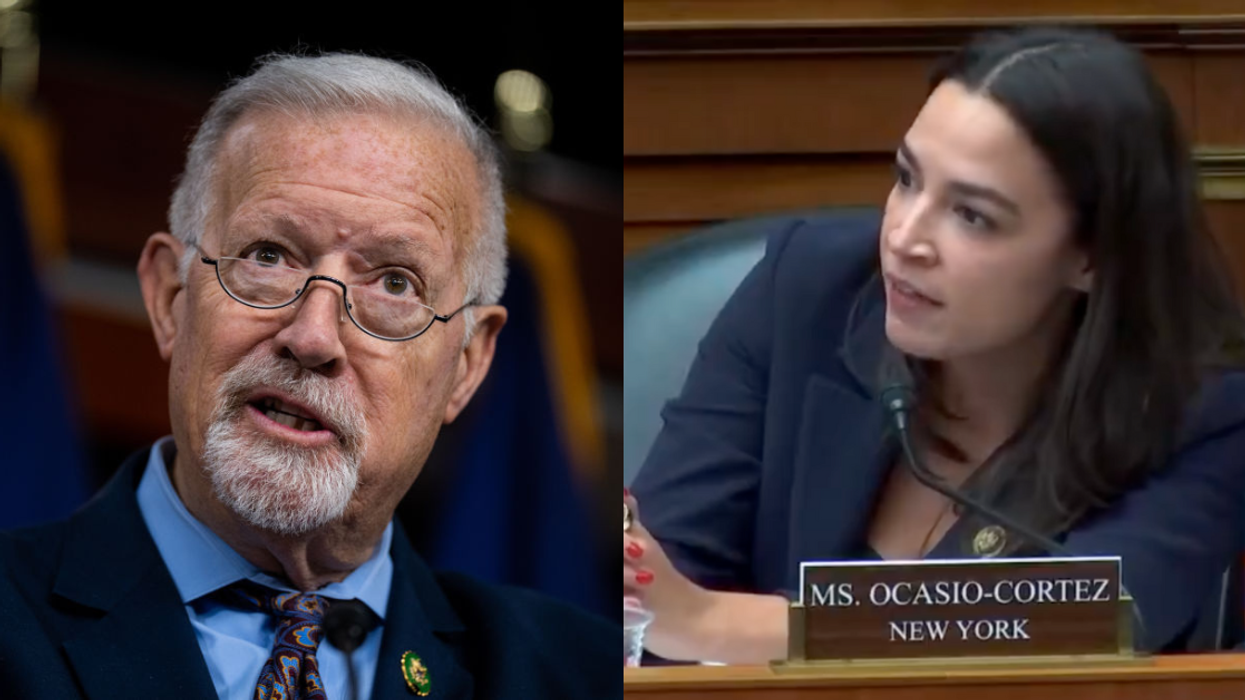
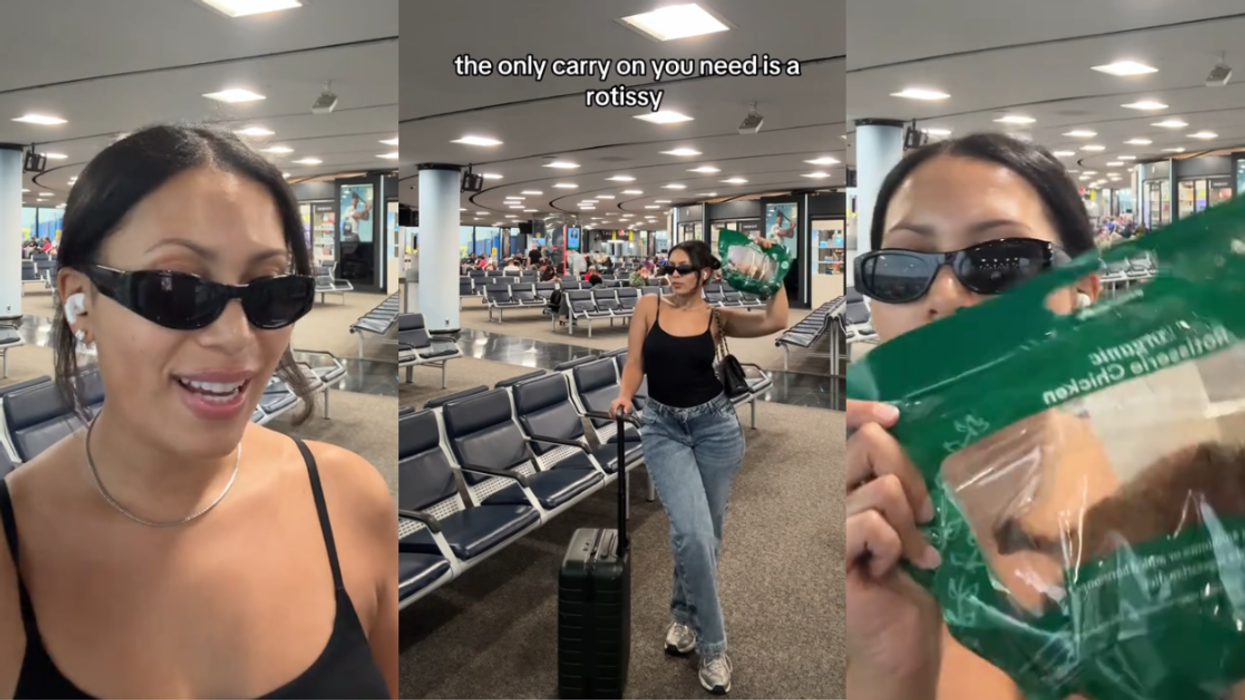
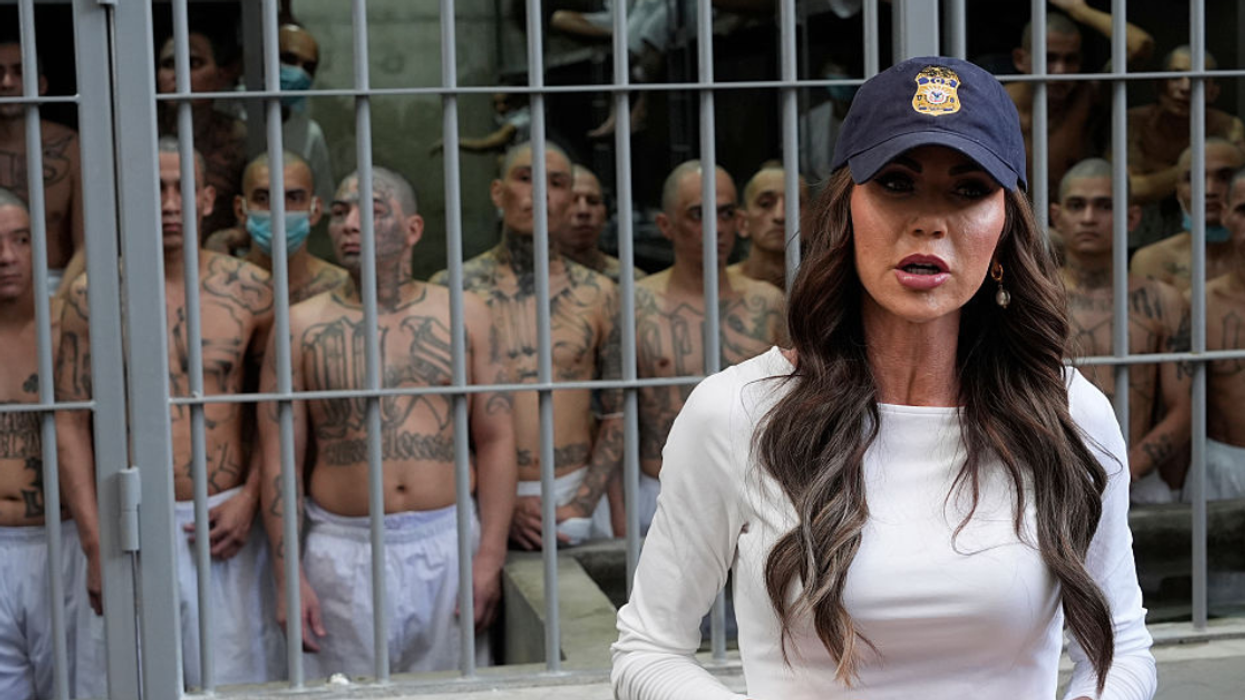
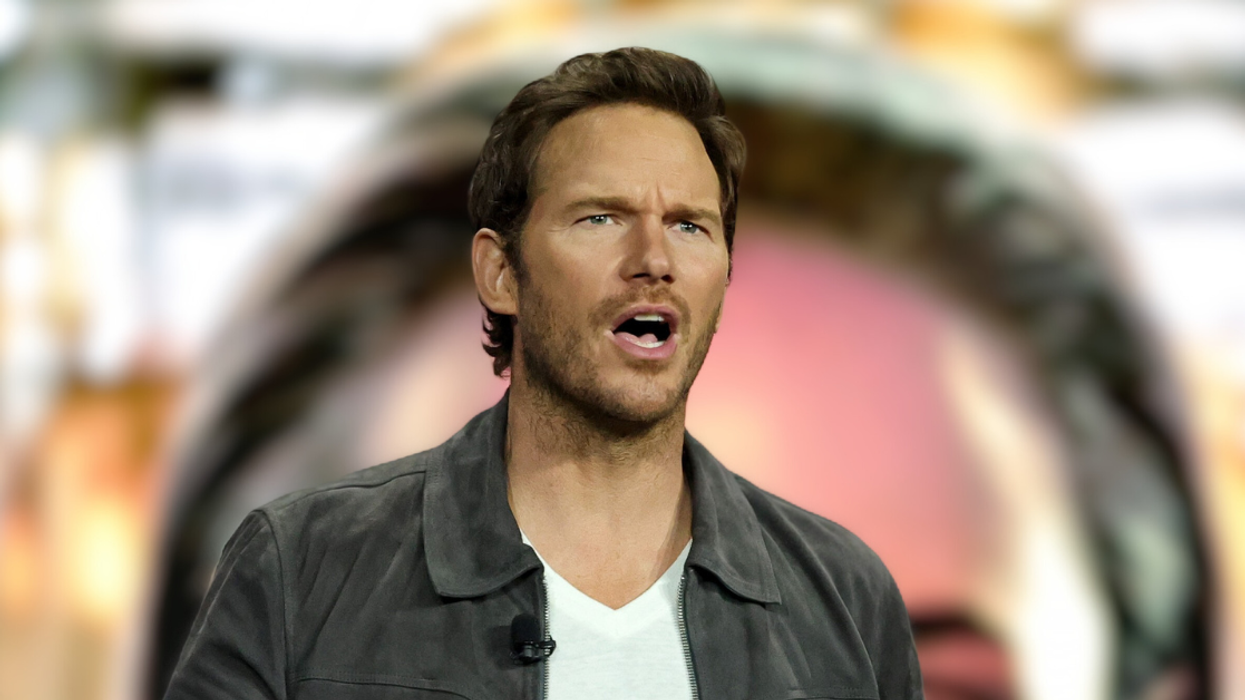
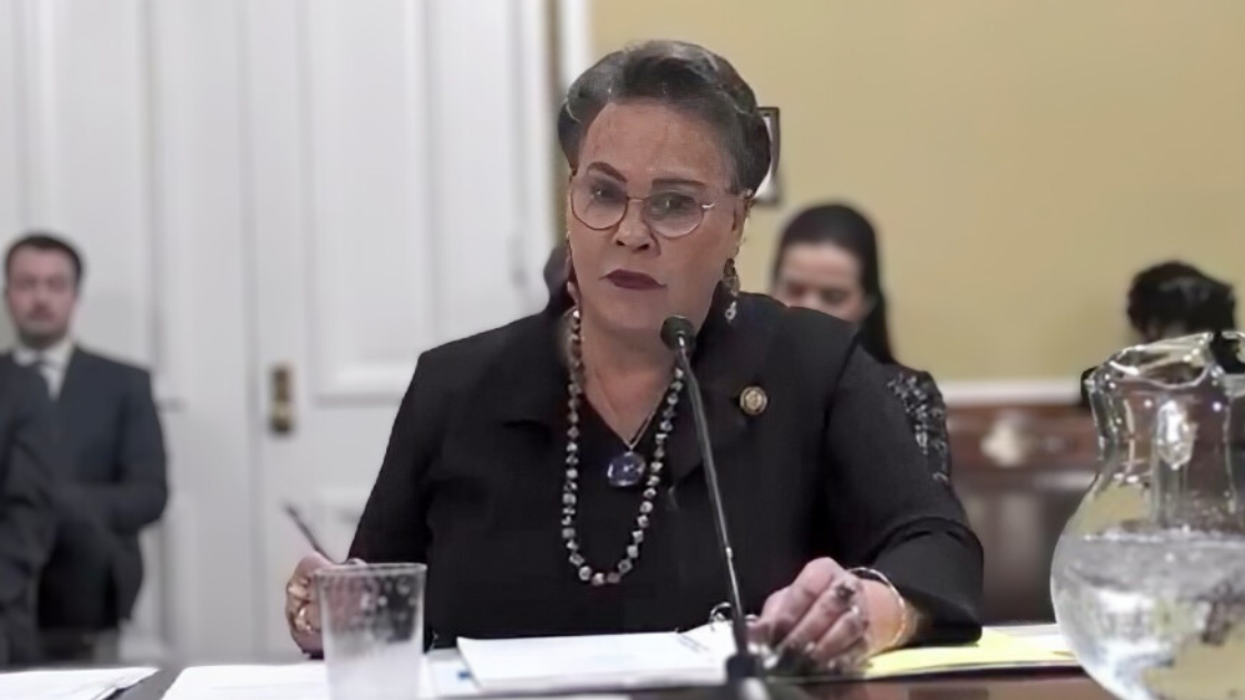
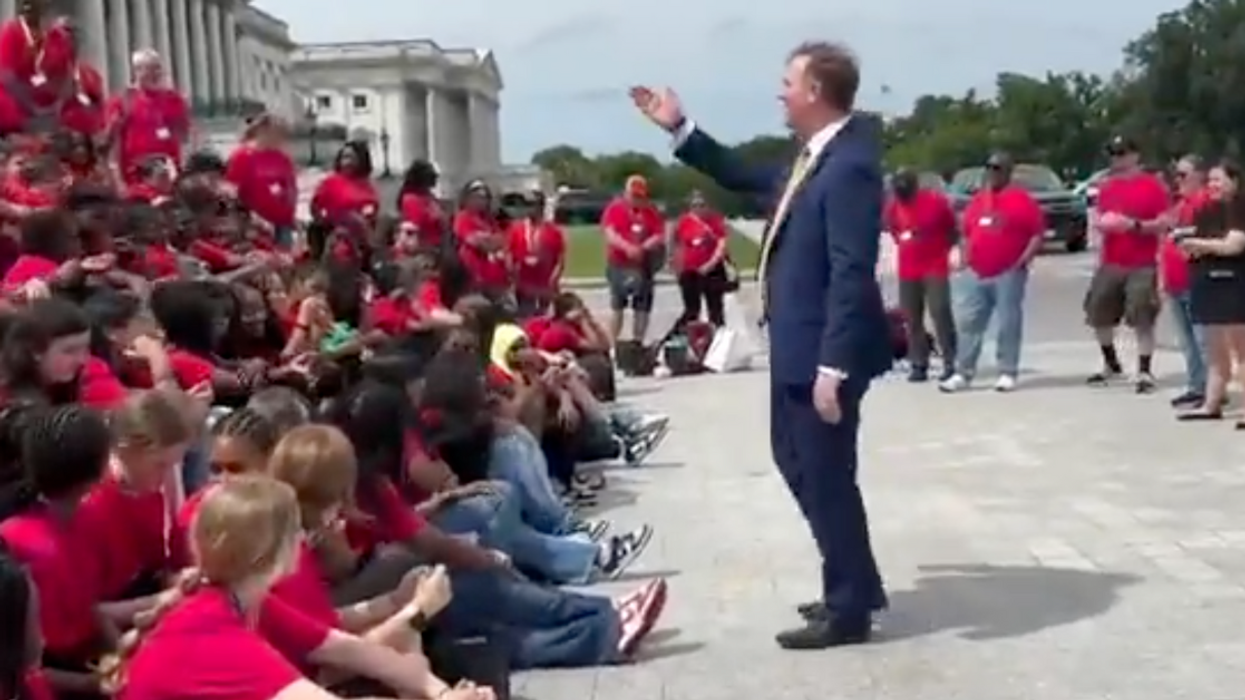
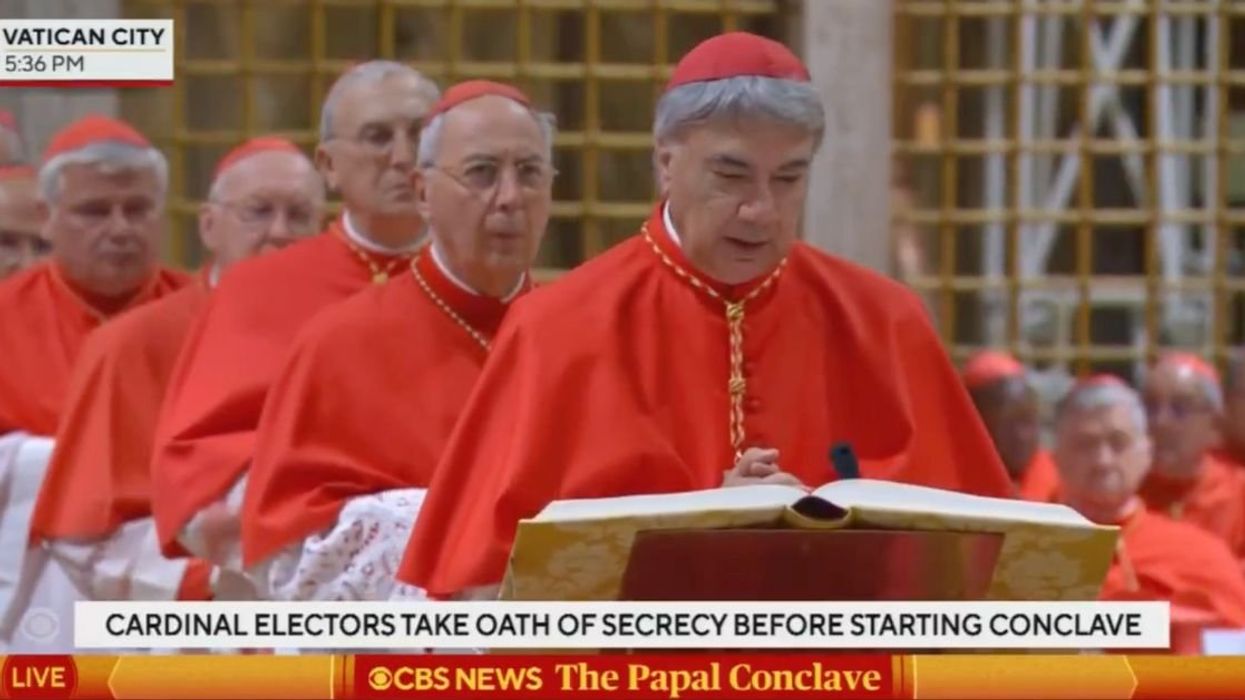
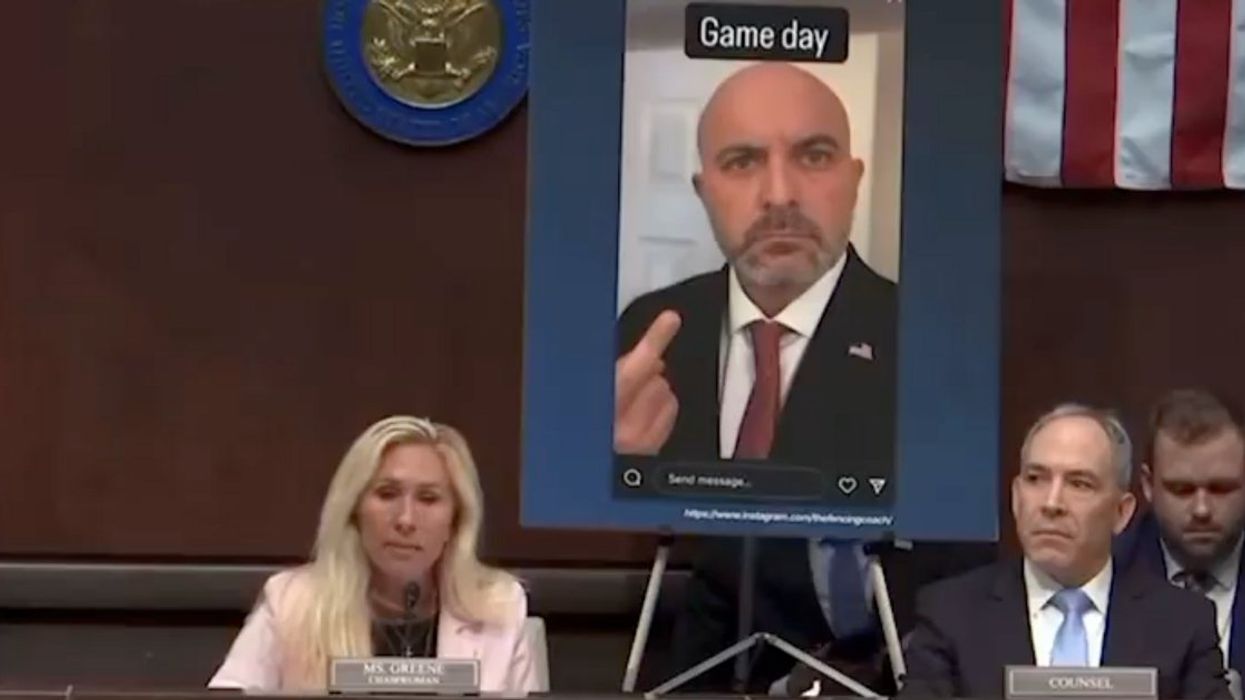
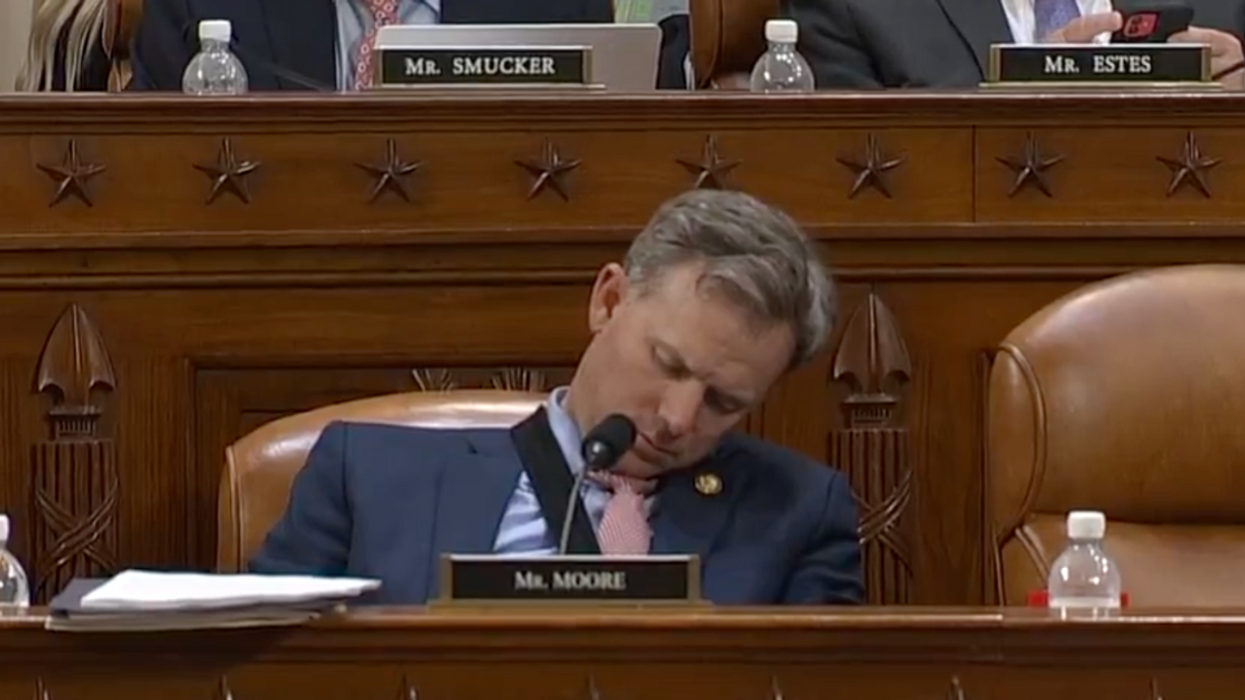

 Kristen Bell Awww GIF
Kristen Bell Awww GIF Ryan Gosling Hello GIF by The Late Show With Stephen Colbert
Ryan Gosling Hello GIF by The Late Show With Stephen Colbert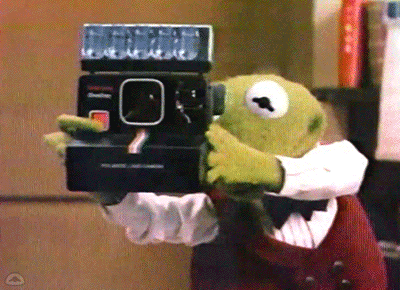 Kermit The
Kermit The 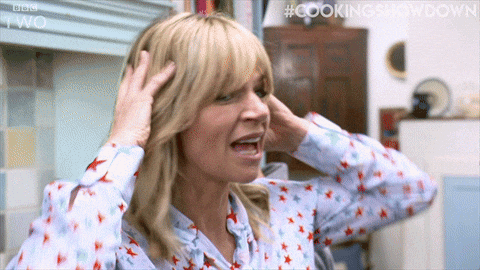 Angry Bbc Two GIF by BBC
Angry Bbc Two GIF by BBC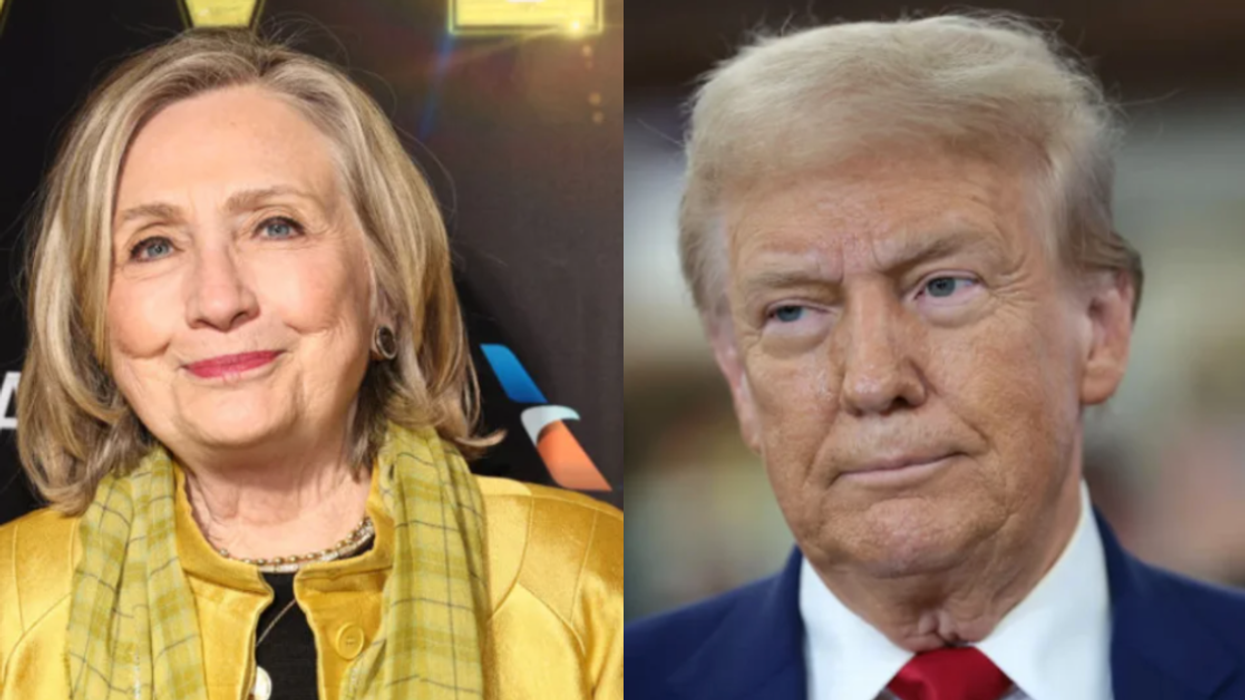
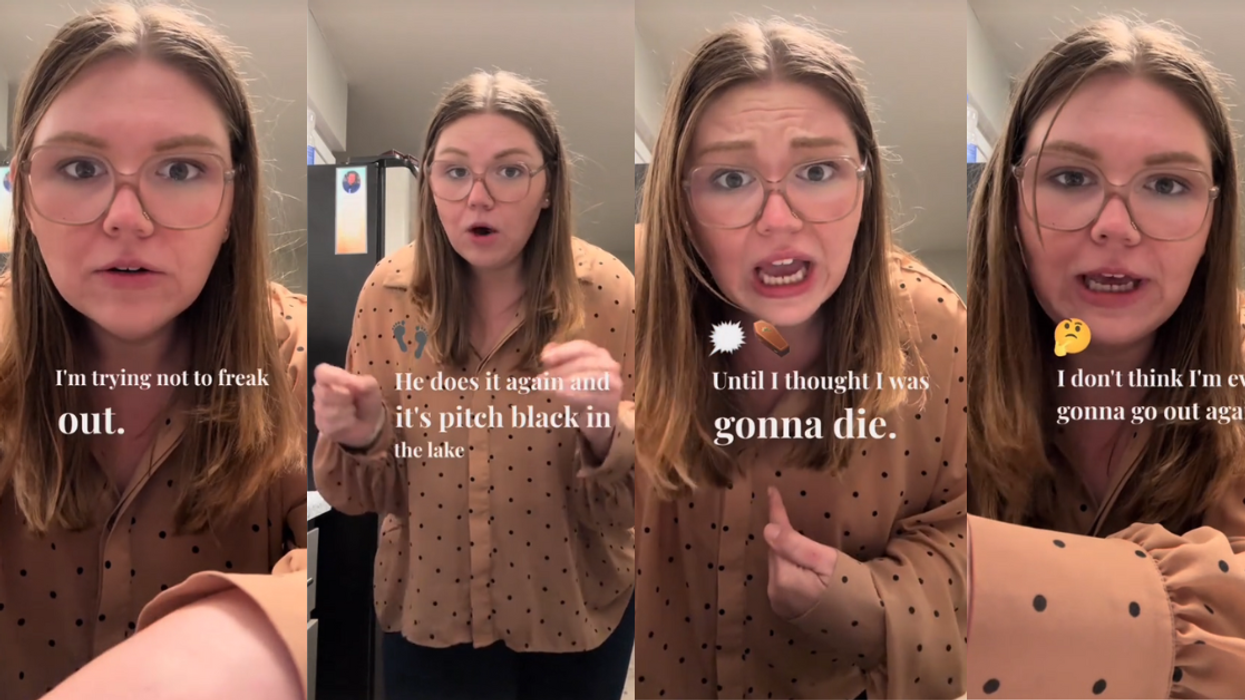
 @cassidykaschmitter/TikTok
@cassidykaschmitter/TikTok @cassidykaschmitter/TikTok
@cassidykaschmitter/TikTok @cassidykaschmitter/TikTok
@cassidykaschmitter/TikTok @cassidykaschmitter/TikTok
@cassidykaschmitter/TikTok @cassidykaschmitter/TikTok
@cassidykaschmitter/TikTok @cassidykaschmitter/TikTok
@cassidykaschmitter/TikTok @cassidykaschmitter/TikTok
@cassidykaschmitter/TikTok @cassidykaschmitter/TikTok
@cassidykaschmitter/TikTok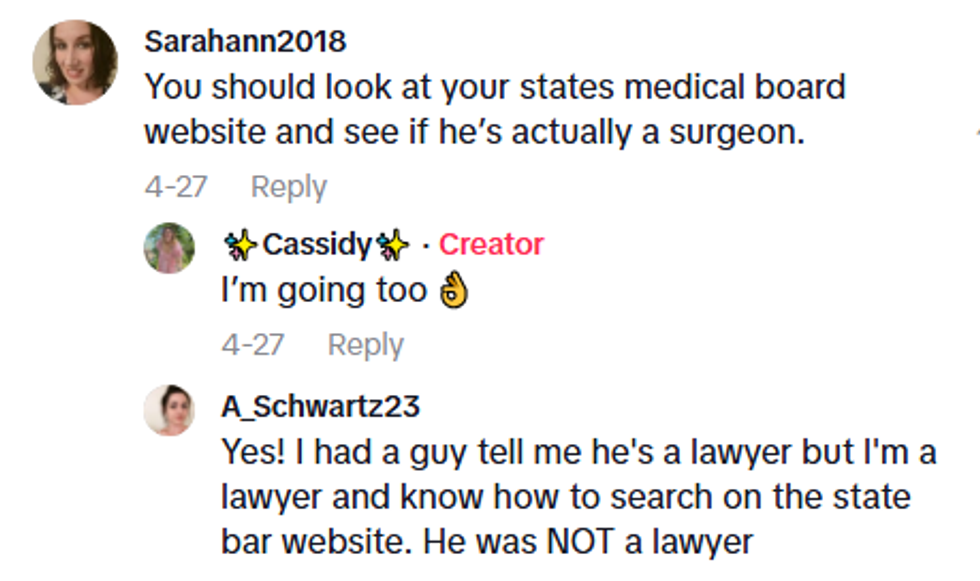 @cassidykaschmitter/TikTok
@cassidykaschmitter/TikTok @cassidykaschmitter/TikTok
@cassidykaschmitter/TikTok